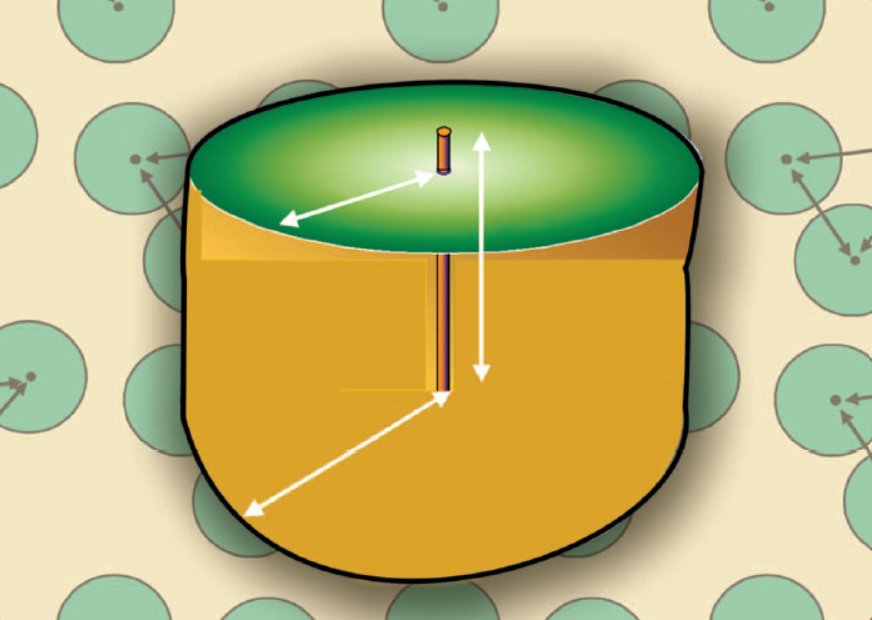Earthing systems are essential components of electrical systems, serving to safeguard individuals in close proximity from potential electric shocks and ensuring the proper functioning of equipment in the event of faults. These systems are engineered to establish a path of low impedance that facilitates the flow of fault currents through the Earth's conductive material. The initial phase of designing an earthing system involves assessing the overall resistance to earth, determining the suitable size, and establishing the fundamental configuration of the earth electrode required. Engineers are tasked with developing earthing systems that adhere to both international standards and domestic regulations. To achieve the desired design specifications, particularly in terms of earthing resistance, engineers must employ a variety of earthing techniques and formulas. The repercussions of utilizing different formulas for distinct earthing methods are unpredictable and pose significant risks, underscoring the need for thorough documentation or meticulous scrutiny.
This paper looks at many different earthing design formulas available in commonly used international standards as well as in published scientific papers to compare their differences. It presents the results of a thorough survey for each type of earthing based on relevant electrical resistances evaluated for a specific range of resistivity in line graphs for exact trends. Based on the results of the rigorous survey, it provides a list of the safest formulae for earthing from a safety point of view as a starting point for calculating earthing resistance to design effective earthing system. This is a useful compact reference to help for earthing.

